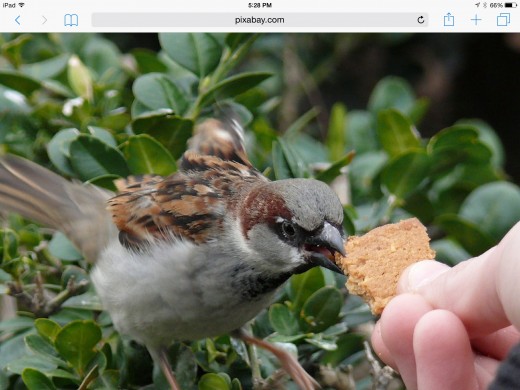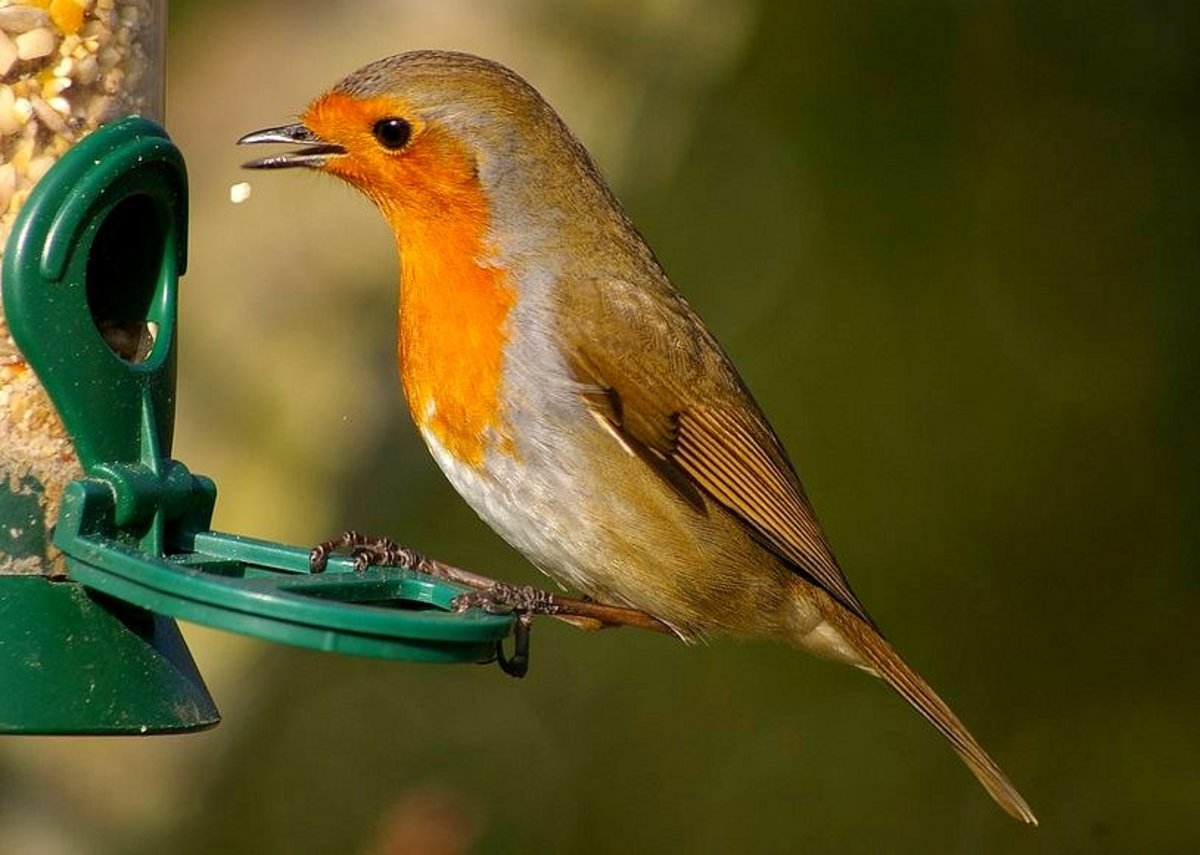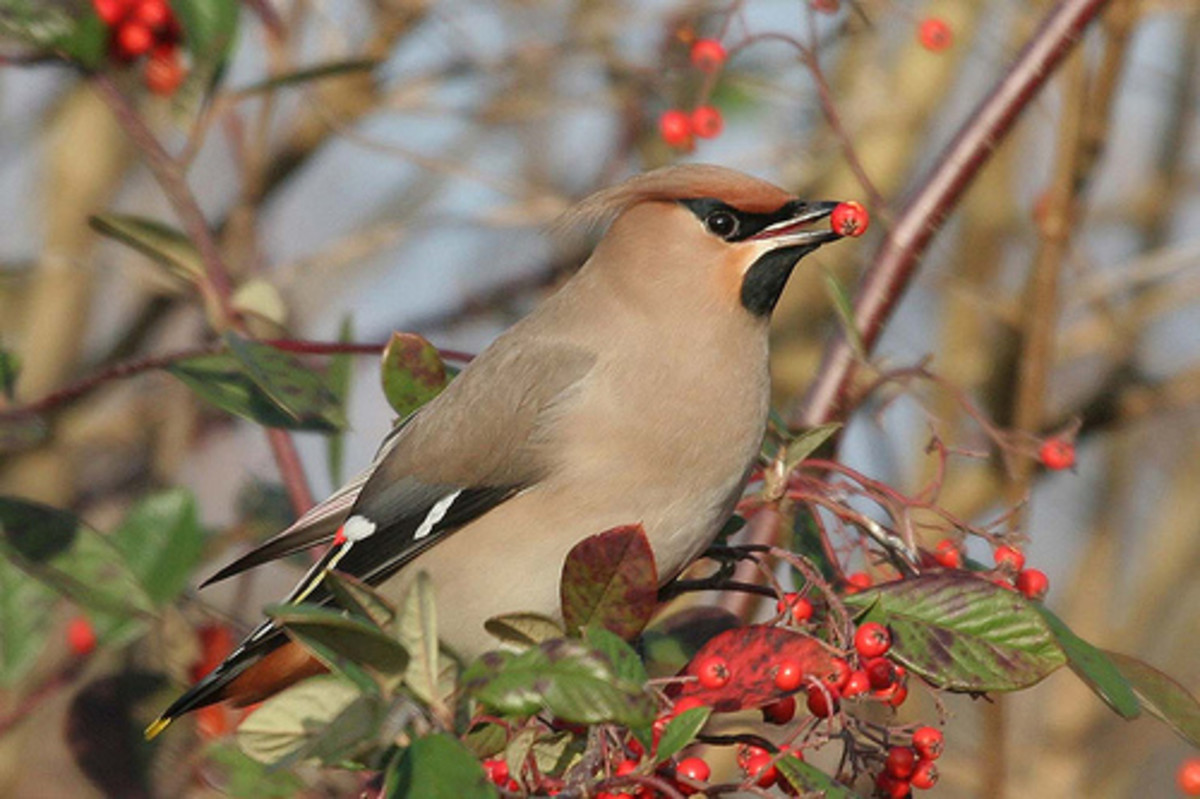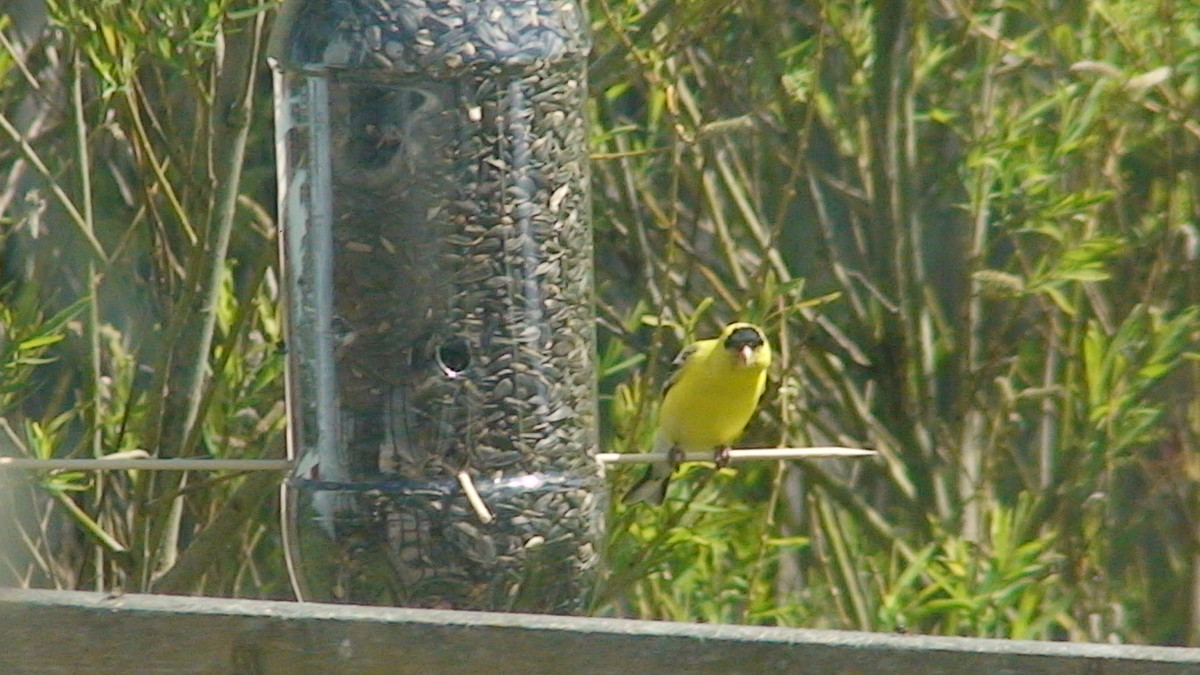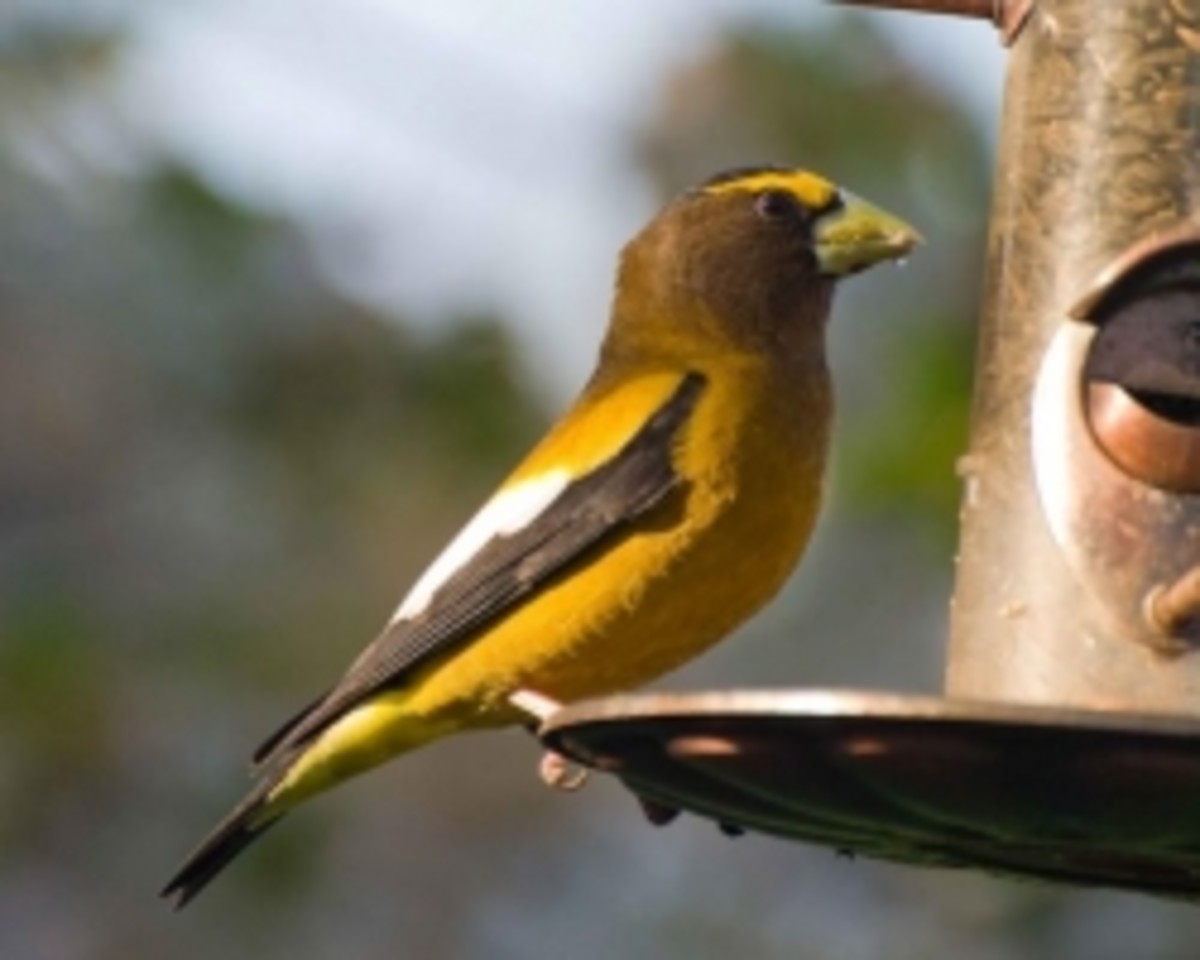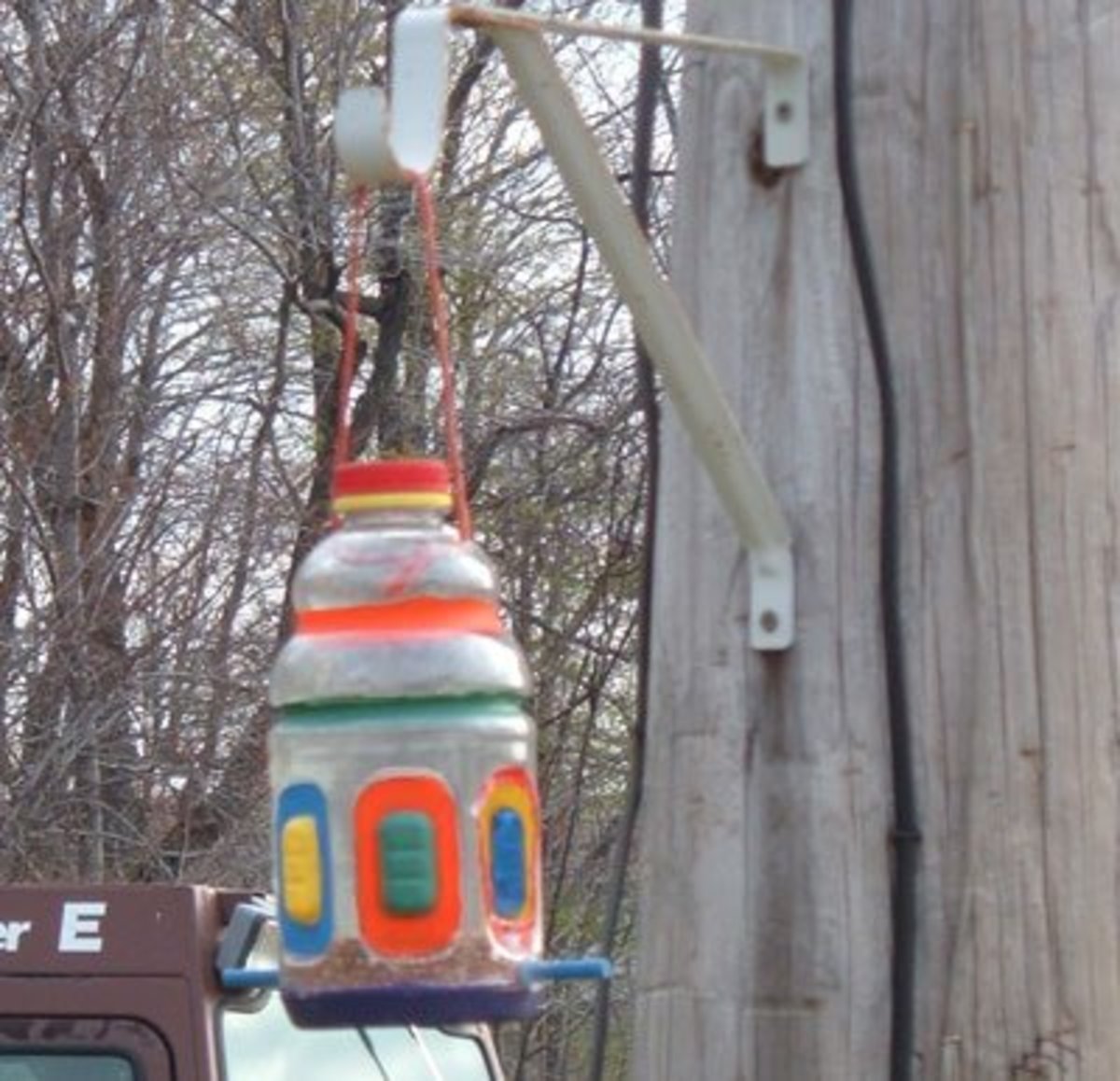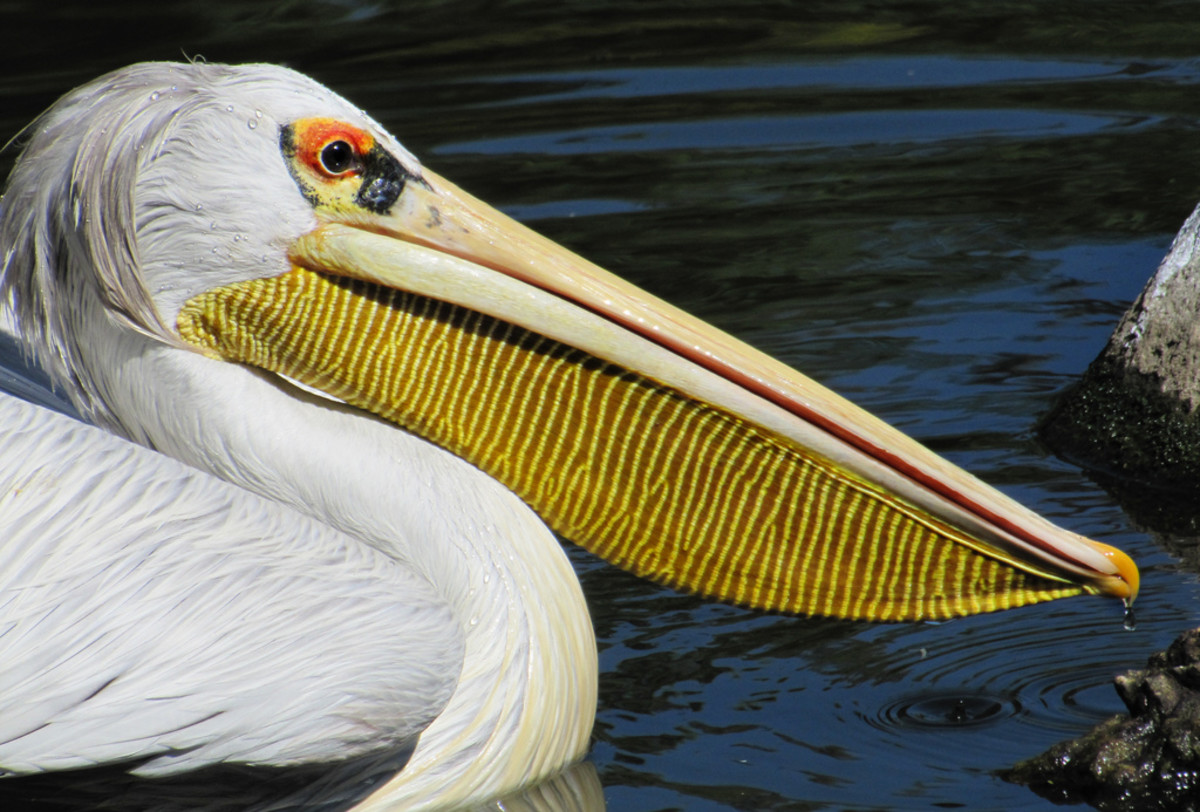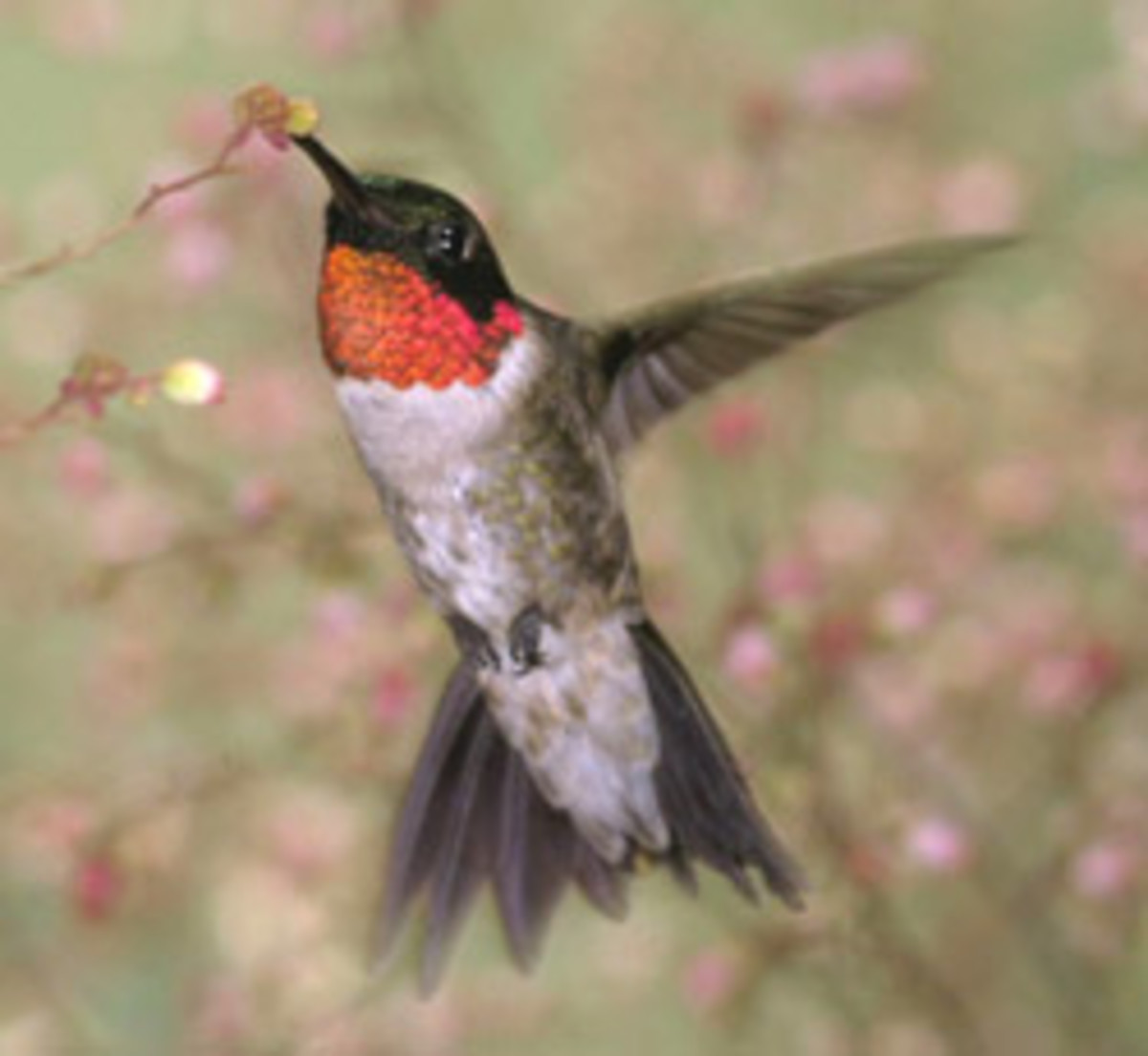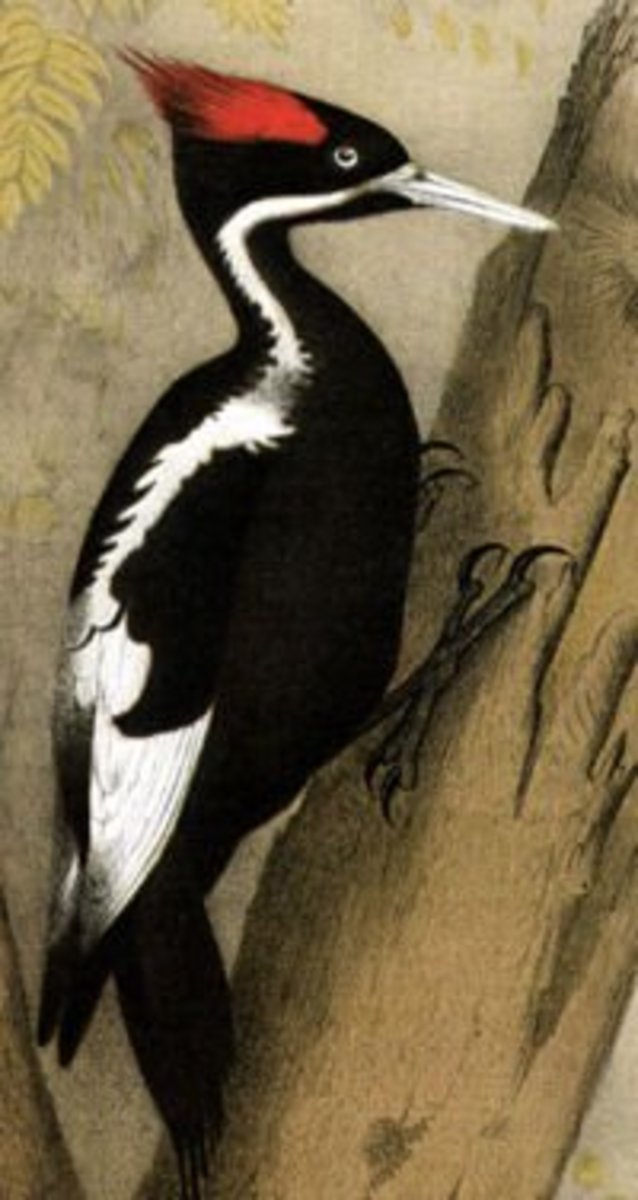Birdfeeding Basics For Dummies
Choose Your Seed Wisely!
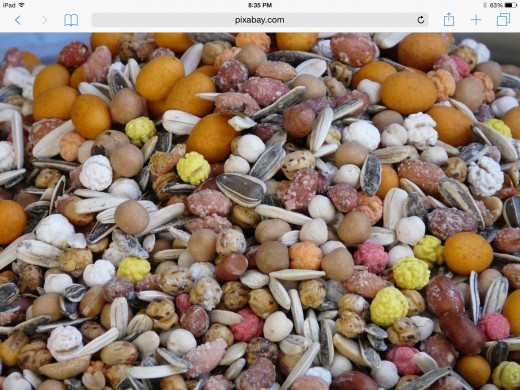
Seeds That Most Birds Prefer
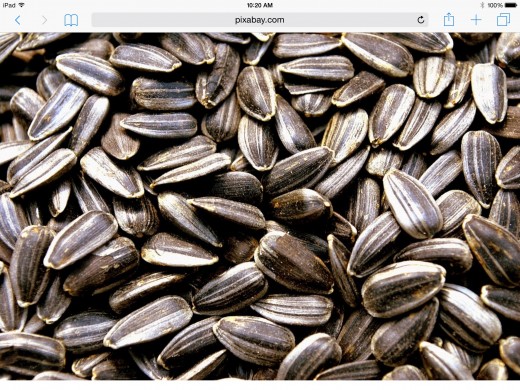
Feeding The Birds Is Not Rocket Science
In a previous article I introduced readers and wild bird lovers among the group, to get an idea of what types of birds frequent their yards and local parks during the winter seaso For example. I also provided an in depth overview of how to identify commonalities between a variety of birds with similar colors and markings.
The main point or theme of that article was to help the less experienced bird watcher, be able to identify birds that may congregate at their feeders. And further help them to distinguish a woodpecker from let's say a nuthatch? So now in this article, I will talk a bit about the seed preferences of most of those wintering birds, or similar species, that I had spoke about in great detail in the previous article.
Birdwatching and feeding wild birds basically go hand in hand, but this also depends on what type of bird or birds visit your yard at different times of the year. Birdwatching and bird feeding are also favorite past times - for both the professional and the amateur birder alike.
There are many methods of attracting a variety of colorful birds to the yard. No matter if you live in a rural area, or more of a suburban setting. As long as you have a basic feeder and a good quality bird seed, the birds will come. It may take up to two days or more. But believe me they will eventually be regular visitors to a newly hung feeder full of enticing seeds, fruits and nuts.
Birdfeeding is enjoyable as well. Particularly to many during the brutal winter months experienced in the mid west and also the Northeastern parts of the United States. Feeding birds is a great way for elderly folks, or even persons who are challenged with various handicaps, which keep them confined to their homes. To be able to watch wild birds feed, from a bay window for example.
A good size picture window, or other suitable viewing area Is of utmost importance, in order for one to observe, obstruction free - the birds that will eventually flock to your feeder, or multiple feeders, without leaving the warmth of the home, especially on that cold winter day.
Most importantly feeding our feathered friends does not have to be rocket science! Hence the reason for naming this article - "Birdfeeding Basics For Dummies." And by all means please do not be offended by the title, as some may be. We often use the term Dummy, in the English language as a humorous, other metaphor, or figure of alternate speech. As I sometimes like to refer to the word dummy.
In this sense and for the purposes of this article, let the word refer to those who are not as knowledgeable as others on the topic of birds and Birdfeeding for example. Another main reason for writing this article and share my knowledge of wild birds and their feeding habits and seed preferences. With the many readers throughout the world, who truly do enjoy this topic and who can continually experience the joys feeding wild birds can bring to them, their families and friends.
So now since I've clarified myself and the title, let's talk more about the non-rocket-science portion of feeding wild birds of many different feather and color. First it helps to know what type of bird, or species visit your yard during different seasons of the year. So for arguments sake, let's say you live in the Northeast as I do. During the winter season in the Northeastern states birds often depend on a variety of seeds and seed mixes that we purchase at the local market, or produce market and fill our feeders to the brim with.
I also want to point out one other very important point besides the birdseed. And that is don't forget the water folks. Wild birds need a clean drinking source especially during the winter season. Not just during the warmer days of summer to preen, clean their feathers and to drink from. A simple or basic twenty inch plastic, or ceramic bowl placed on an old rotten wood stump, or preferably a sturdy metal stand will make do. And purchasing a separate low wattage heater will keep the water liquid, even in the coldest areas of the country like Michigan and Minnesota.
The birds need and rely on you for a good water source year round. Just as much as they rely on you to provide bird seed during the harsher days of the year when caterpillars, beetles, and inch worms - their natural source of food, during warmer months, lie dormant beneath the frozen ground. So now that you have provided a good source of water for your feathered friends, let's talk more about what types of seeds may attract the most variety of birds.
Water is Just As Important As The Bird Seed
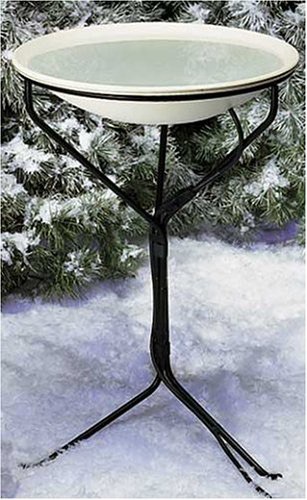
Smaller Seeds That Siskins and Finches Enjoy
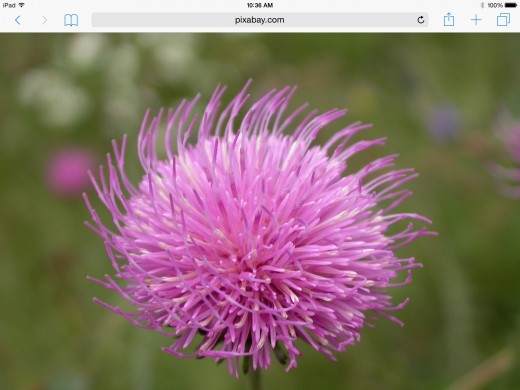
What Kinds Of Bird Seed Do Most Birds Prefer?
This question may be the biggie of all questions when it comes to feeding wild birds. Sometimes it's more of a guessing game. Rather than thinking you know what one bird will prefer over another bird species. So this is where it comes in handy to know what species of birds frequent your yard during the winter months! and during the summer season for example. However this would have to be a whole separate article, which I'll save for another one of those cold snowy, or brutally hot ones!
So for sake of space and time let's assume that you have a combination of small birds and mid-sized ones as well. Birds like white-coated sparrows, House Finches, Cardinals, Jays and a few different species of woodpecker. And for the fun of it, let's say you have a nuthatch, Slate-colored Junco and Rufous-Sided-Towhee that also show up to feast on the goodies in your feeder - just to make the party more interesting.
Some birds remember may be a bit finicky about what seed choices you put out for them, but not quite as finicky as the neighborhood Tomcat. But if the birds that flock to your yard, do not like what you're serving on Sunday, they can just fly the coop - right? Again it doesn't have to be that complicated! Remember feeding wild birds is not Rocket-Science is it?
So your feathered friends are now perched and feeding in somewhat of a socialized group and you have a fair number of the birds that I previously mentioned, gathered around a feeder. And they appear to be enjoying the feast with their fellow feathered friends. However you notice a few birds, mainly the ones with the conical beaks, which are more common within the Cardinal and Grosbeak family. Well you continue notice that these few bird guests with those large beaks, appear to be flicking a majority of the seed in your feeder onto the ground. In other words they are not enjoying their meal, for lack of better words.
Here's where your seed choices for larger birds such as Cardinals and Grosbeaks can be redefined. Again a good clue is that these seed eaters, mainly prefer the larger grey sunflower seeds and smaller, black oil sunflower seeds, which are not found in larger quantity within your current seed mix. Cardinals and Grosbeaks, and even the smaller House Finch, Purple Finch and the more Olive drab Goldfinch of mid-winter. These birds prefer the high fat fat intake suitable to keep their metabolism up during the colder winter months. And this is not only found within sunflower seeds, but also safflower, suet cakes and peanut butter.
And these same group of birds will also eat sunflower seed during other times of the year as well! but not as much, because they tend to eat juniper berriies, and more of those natural foods like those bug critters Inmentioned a few paragraphs back. However they prefer or more importantly need and also rely on the fatty oils within thone sunflower meats that I just mentioned as well. Remember take a closer look and pay attention to the birds beak, or Bill of the different birds that frequent your feeders on a daily basis.
Most birds beak or Bill are designed by nature for a specific reason. The evening grosbeak and Cardinal, as well as the lesser finches have a well-defined beak of a somewhat conical shape. The beaks of these bird species are designed for cracking the hard outter shells of both Grey and Black oil sunflower seeds.
American Goldfinches
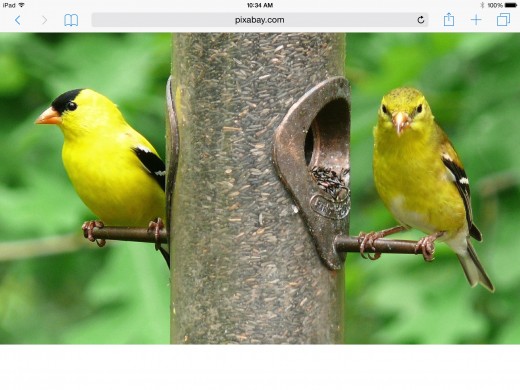
A good majority of wild birds prefer a mixture of safflower and Black-oil sunflower
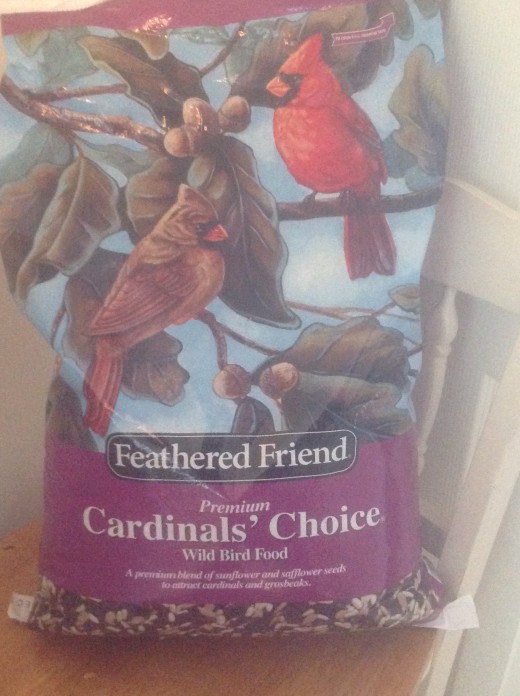
Best Bird Seed For All Seasons
Besides being able to crack open a variety of sunflower and safflower for example. I have found from my own my own experiences in feeding birds like Cardinals, Finches and Grosbeaks. That during a continuous period which includes all seasons and weather conditions. I usually observe - believe it or not. A mix of Black-oil Sunflower, safflower and the smaller black thistle, or Niger seed, to be a preferred seed mix of most year round resident birds.
The white seed of the safflower is a preferred favorite of cardinals, and is also a favorite of other smaller variety of birds. The Juncoes, titmice and white-throated and white-crowned sparrows to name but a few. And of course the mourning dove, being not as bright as the rest of their feathered counterparts. Will eat just about anything you put in your feeder. But preferably on the ground, for these are ground dwelling birds like the towhees, juncos,and white throated sparrows.
Most folks that I know as a rule put out a mixture of red and white proso millet during the warmer months out for the birds at their feeders. And then go back to feeding this same group of birds, the black oil and safflower combination during the colder months. Because like suet cakes and peanut butter - another great source of food and energy for wintering birds. The safflower and particularly larger grey striped and the smaller black oil sunflower seeds. Contain the more meaty hearts within the hard shell, that the cardinal and grosbeak family especially love when old man winter comes to town.
Continue Feeding And Watching The Birds
As you probably already have guessed after reading to this point in the article. That just like there are so many different types and birds that you will come to learn about over time from watching their individual habits and other identifying characteristics. You will soon also have a better idea of what one species, group, or even individual bird prefer to eat at a feeder placed in your yard for example.
Feeding wild birds is without doubt a learning experience, but also a rewarding past time for young and old. It's also a great way to meditate, by watching a variety of different birds dine at your bird feeders. Whether you throw out an old piece of bread onto your lawn. Or smear some peanut butter on a piece of lard. Or even go as far as to cut up some old apple and orange halves. You are still providing a source of food to wild birds year round, who may rely on you for food - no matter what the time of year may be!
Most Birds Will Eat Just About Anything That Is Edibke
